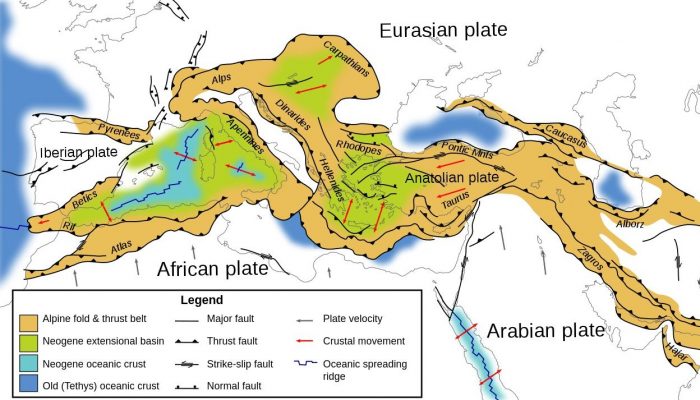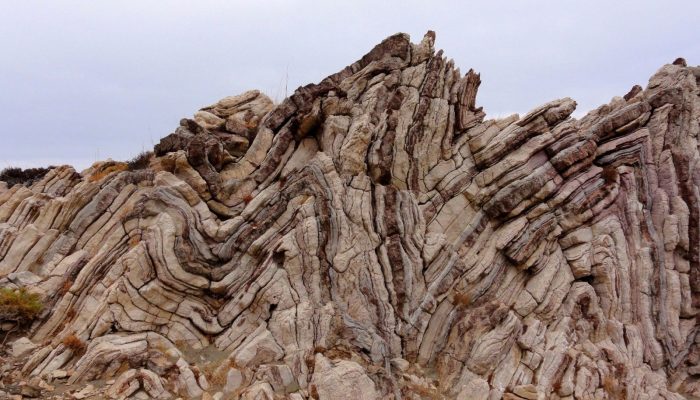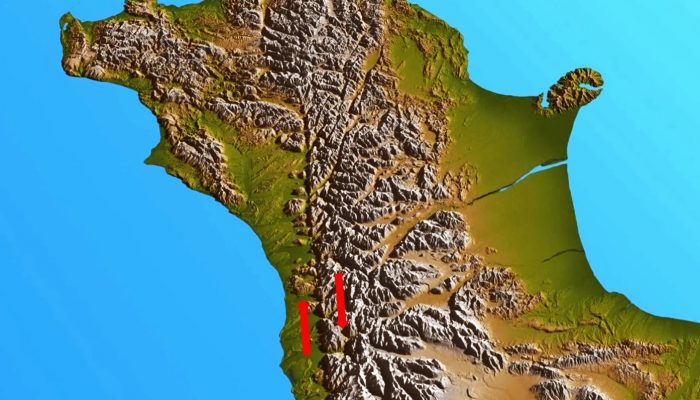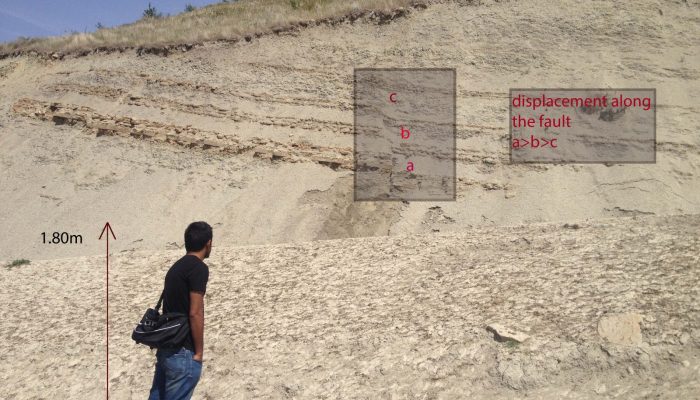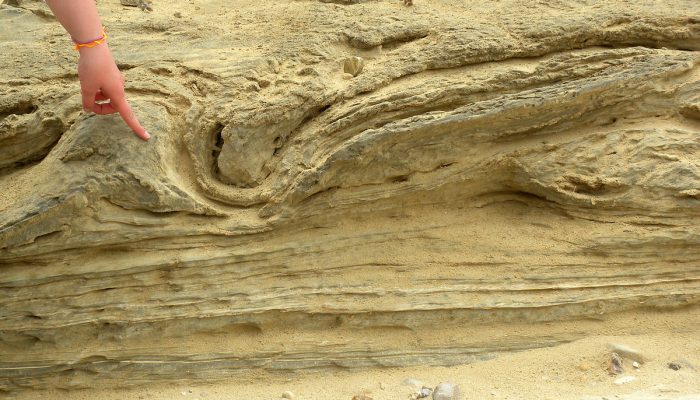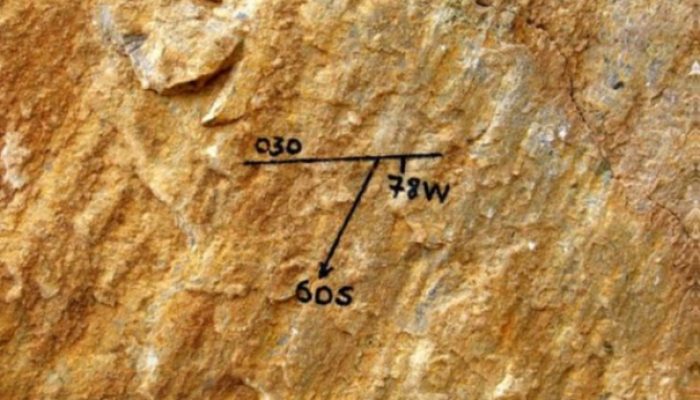How can we use GPS velocities to learn more about present-day plate motions and regional deformation? In this edition of Minds over Methods, one of our own blogmasters Mehmet Köküm shares his former work with you! For his master thesis at Indiana University, he used block modeling to better understand the plate motion and slip rates of Anatolia and surrounding plates. Using block modeling t ...[Read More]
Minds over Methods: Block modeling of Anatolia
